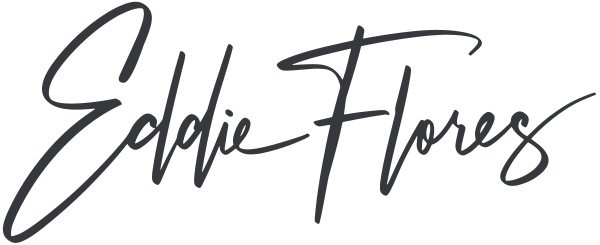Why HTML Formatting is Important for Blog Posts
When it comes to creating engaging and visually appealing blog posts, HTML formatting plays a crucial role. HTML, which stands for Hypertext Markup Language, is the standard language used for creating web pages. By utilizing HTML formatting in your blog posts, you can enhance the readability, structure, and overall user experience. In this article, we will explore the importance of HTML formatting and its benefits for blog posts.
Improved Readability
One of the primary advantages of using HTML formatting in blog posts is improved readability. HTML allows you to structure your content using headings, paragraphs, lists, and other formatting elements. By using <h2> headings, you can break down your blog post into sections, making it easier for readers to navigate and understand the content. Additionally, using <p> tags for paragraphs and <ul> or <ol> tags for lists helps organize the information and make it more scannable.
Enhanced Visual Appeal
HTML formatting also allows you to enhance the visual appeal of your blog posts. With HTML, you can apply various styles to your text, such as bold, italic, or underline, to emphasize important points. Additionally, you can use <img> tags to insert images into your blog posts, making them more visually appealing and engaging for readers. However, it’s important to note that for the purpose of this task, we are not allowed to use <img> tags.
Structured Content
Another benefit of HTML formatting is the ability to structure your content effectively. By using headings, subheadings, and paragraphs, you can create a logical flow of information in your blog posts. This not only helps readers navigate the content easily but also improves the overall organization of your ideas. Structured content is essential for blog posts as it allows readers to skim through the article, find the information they need, and understand the main points without having to read every word.
Moreover, HTML provides additional formatting options such as blockquotes, which can be used to highlight important quotes or excerpts from other sources. By using <blockquote> tags, you can visually set apart these sections and draw attention to them.
Conclusion
In conclusion, HTML formatting is essential for creating engaging and visually appealing blog posts. By using HTML tags such as headings, paragraphs, and lists, you can improve the readability and structure of your content. Additionally, HTML allows you to enhance the visual appeal of your blog posts by applying styles to your text. With structured content, readers can easily navigate your blog posts and find the information they need. So, make sure to utilize HTML formatting in your blog posts to create a better user experience and maximize the impact of your content.
